Medical injection molds are essential components in the production of medical devices and equipment. They are used to manufacture items such as syringes, vials, inhalers, and various plastic components with high precision and quality. Choosing the appropriate type of injection mold is crucial for efficiency, safety, and the overall quality of medical products.
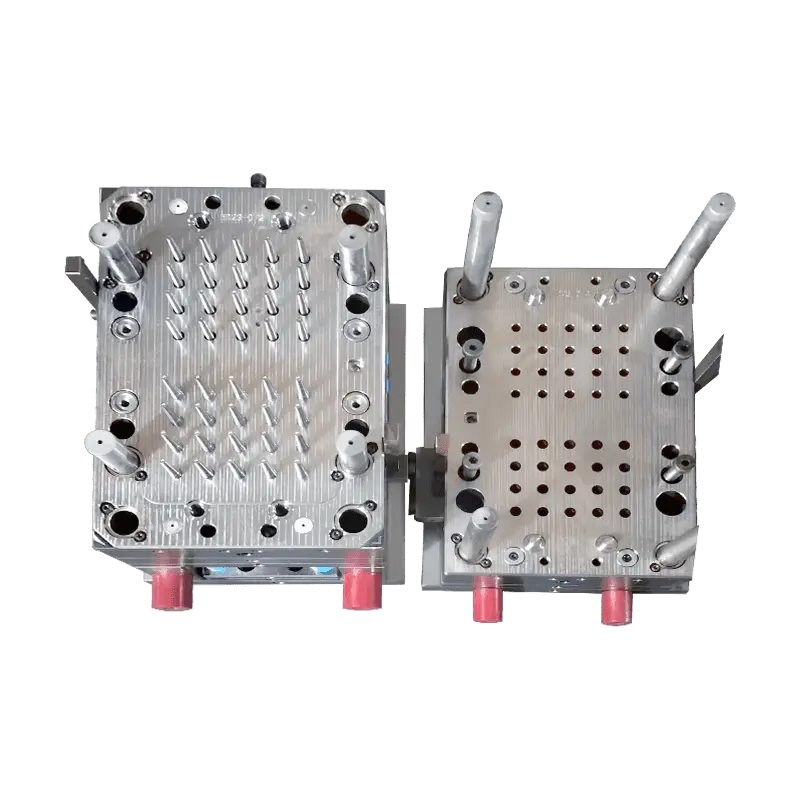
Importance of Medical Injection Molds Manufacturer
Injection molds are critical in the medical industry because they determine the accuracy, consistency, and reliability of the final product. High-quality molds ensure that medical devices meet strict safety and regulatory standards, while also allowing for efficient mass production. They provide consistent shapes, sizes, and functionality, which is particularly important for devices that require precise measurements, such as syringes and test tubes. Additionally, the choice of mold affects production speed, material usage, and overall manufacturing costs.
Common Types of Medical Injection Molds
There are several types of injection molds used in medical manufacturing, each with specific applications and advantages.
1. Single-Cavity Molds
Single-cavity molds produce one component per injection cycle. They are often used for prototyping, small-scale production, or products requiring high precision.
Characteristics:
High precision and quality control.
Simple design with easy maintenance.
Ideal for customized or limited-run medical devices.
2. Multi-Cavity Molds
Multi-cavity molds allow the production of multiple identical components in a single cycle. These molds are commonly used for mass production of items like syringes, caps, and vials.
Characteristics:
High production efficiency.
Reduced manufacturing time per unit.
Consistent quality across multiple components.
3. Hot Runner Molds
Hot runner molds use heated channels to keep the plastic material in a molten state as it flows into the cavities. This design minimizes material waste and improves production efficiency.
Characteristics:
Reduced material wastage compared to cold runner molds.
Faster cycle times and improved consistency.
Suitable for complex or large-volume medical components.
4. Cold Runner Molds
Cold runner molds use unheated channels, which solidify along with the injected material. The runner must be trimmed after each cycle.
Characteristics:
Simple and cost-effective for small to medium production runs.
Easier to maintain and repair.
Suitable for less complex components with fewer cavities.
5. Insert Molds
Insert molds integrate pre-fabricated components, such as metal pins or sensors, into the plastic during the molding process. This type is common in medical devices that combine plastic and other materials.
Characteristics:
Allows integration of multiple materials in one product.
Reduces assembly steps and labor costs.
Provides precise placement of inserts within components.
6. Micro Molds
Micro molds are designed to produce very small or intricate components, often used in medical devices such as microfluidic chips, small syringes, or intricate caps.
Characteristics:
High precision for tiny components.
Ideal for specialized medical applications.
Requires advanced manufacturing techniques.
Comparisons of Medical Injection Mold Types
When comparing different mold types, several factors are important:
Production Volume: Single-cavity molds are better for small batches, while multi-cavity and hot runner molds suit large-scale production.
Precision: Micro molds and single-cavity molds offer the precision for delicate components.
Material Efficiency: Hot runner molds reduce material wastage, while cold runner molds require trimming.
Complexity: Insert molds and hot runner molds allow more complex designs, including multi-material integration.
Maintenance: Single-cavity and cold runner molds are simpler to maintain, whereas hot runner and micro molds require careful upkeep.
How to Choose the Right Medical Injection Mold
Selecting the right medical injection mold depends on production needs, product complexity, and budget considerations.
Assess Production Volume: For high-volume items like syringes or caps, multi-cavity and hot runner molds are efficient. For prototype or low-volume items, single-cavity molds may be more suitable.
Consider Component Complexity: Micro molds or insert molds are ideal for intricate or multi-material products.

 English
English 中文简体
中文简体 русский
русский
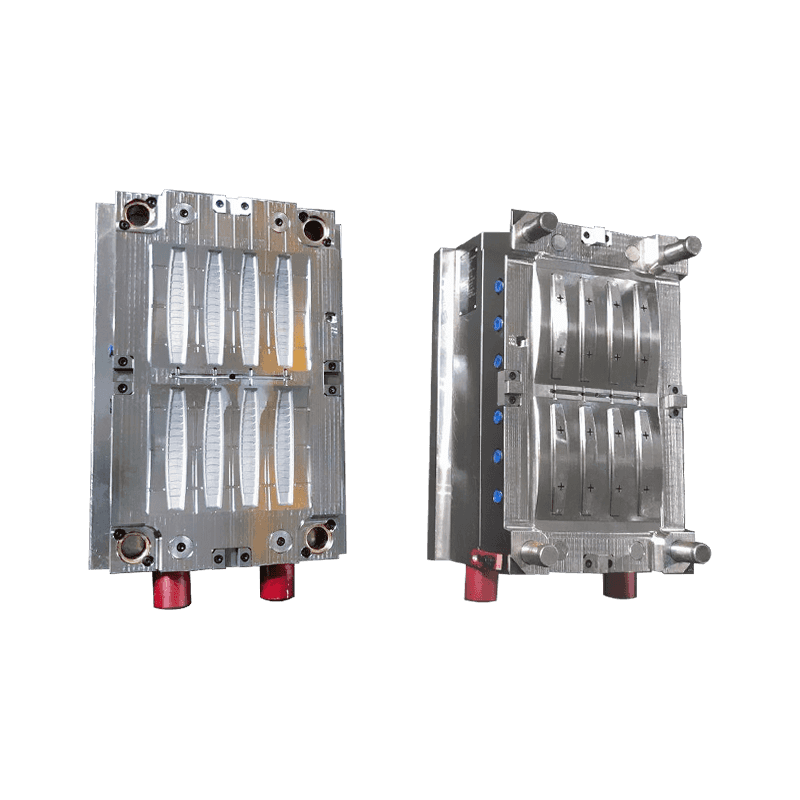
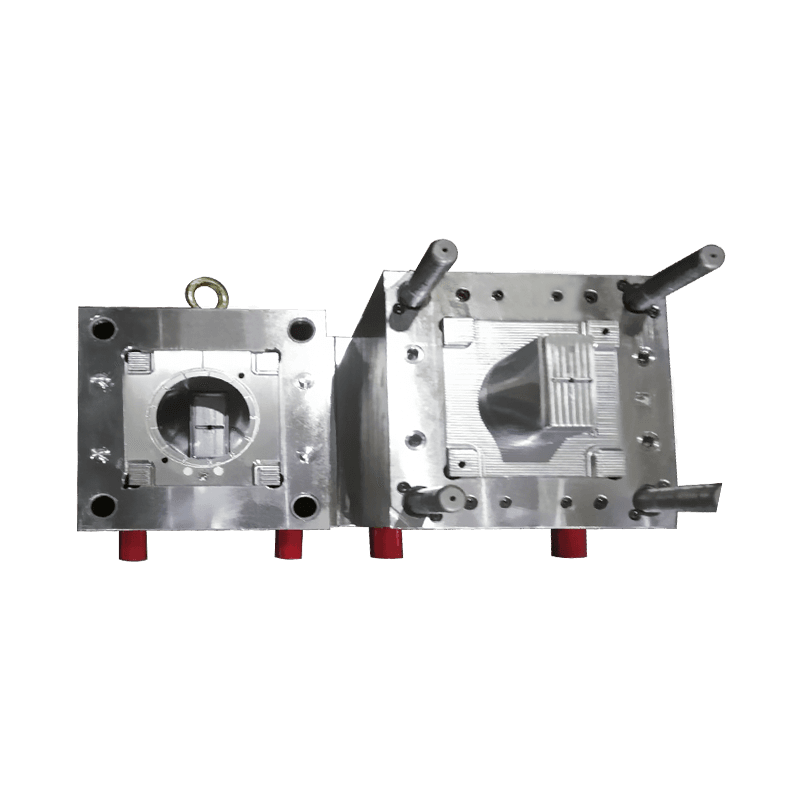
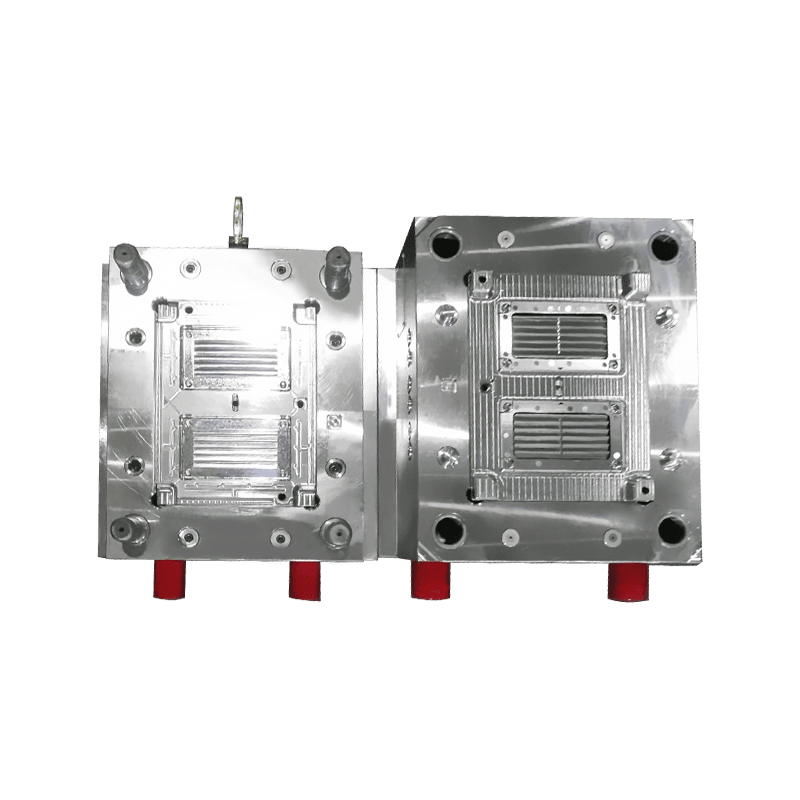
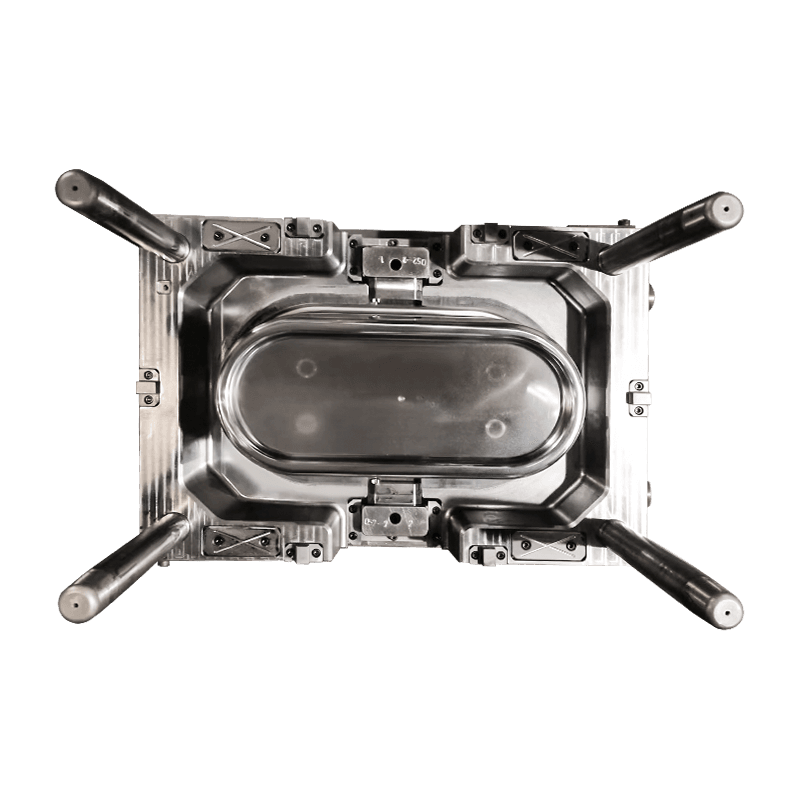
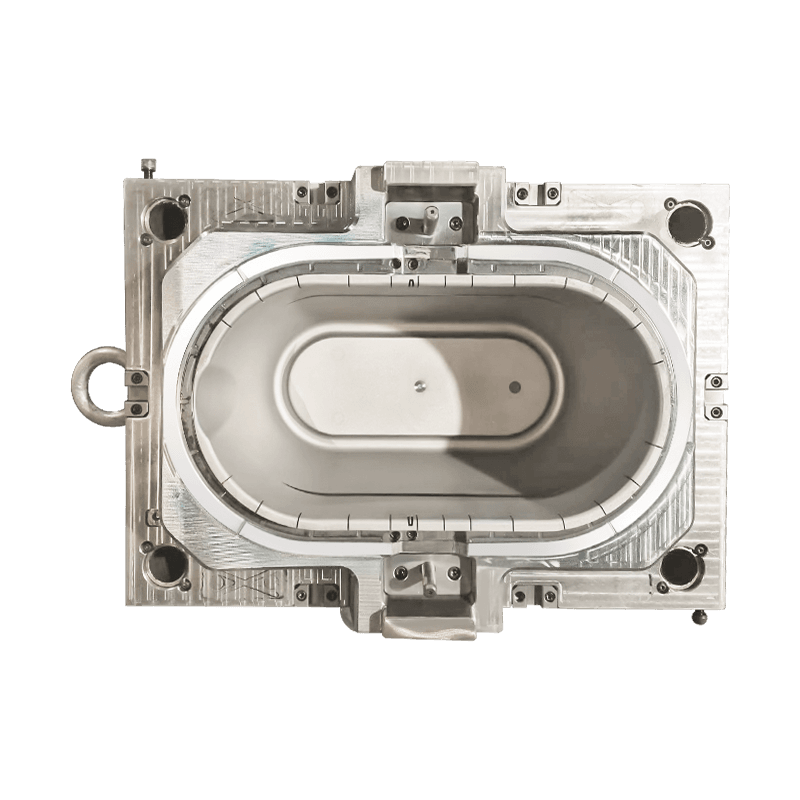
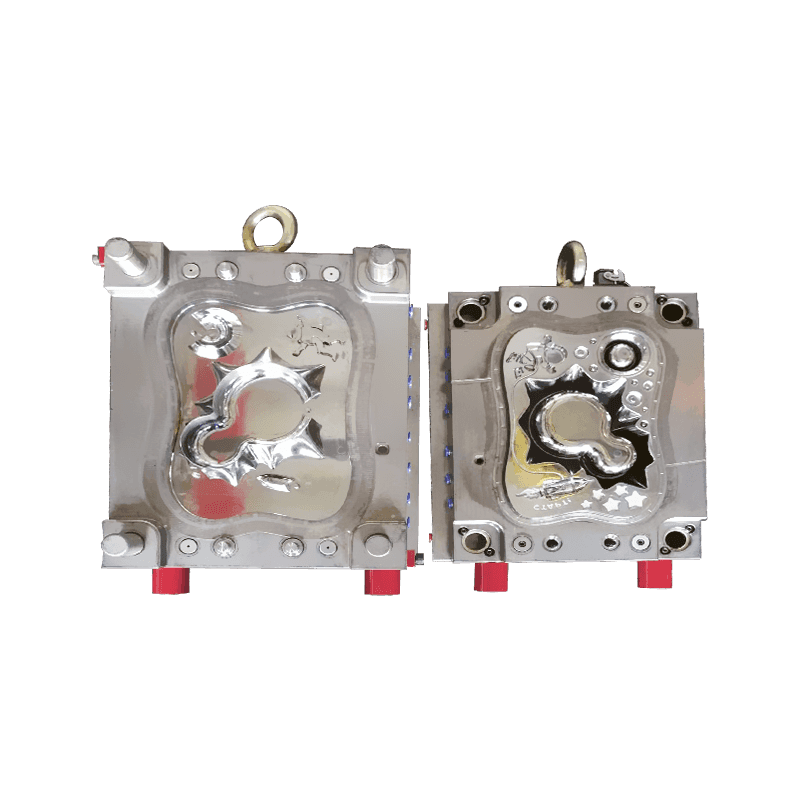
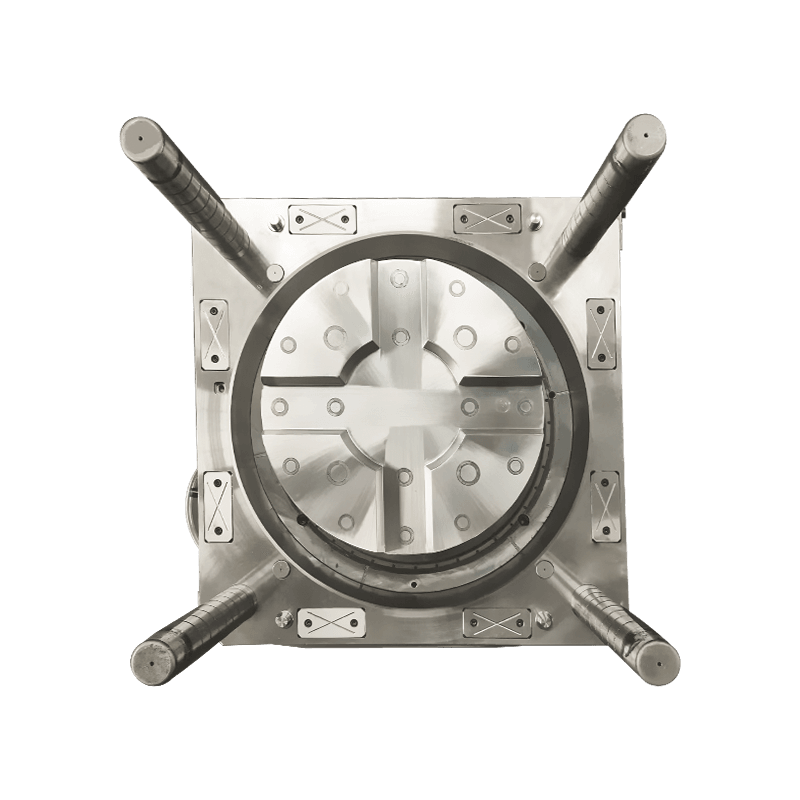
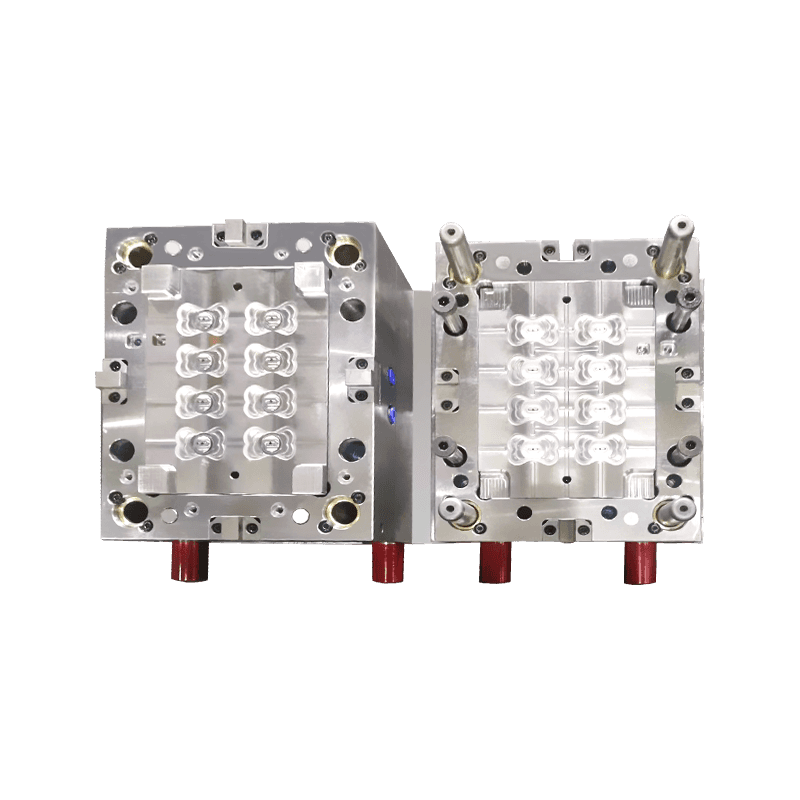
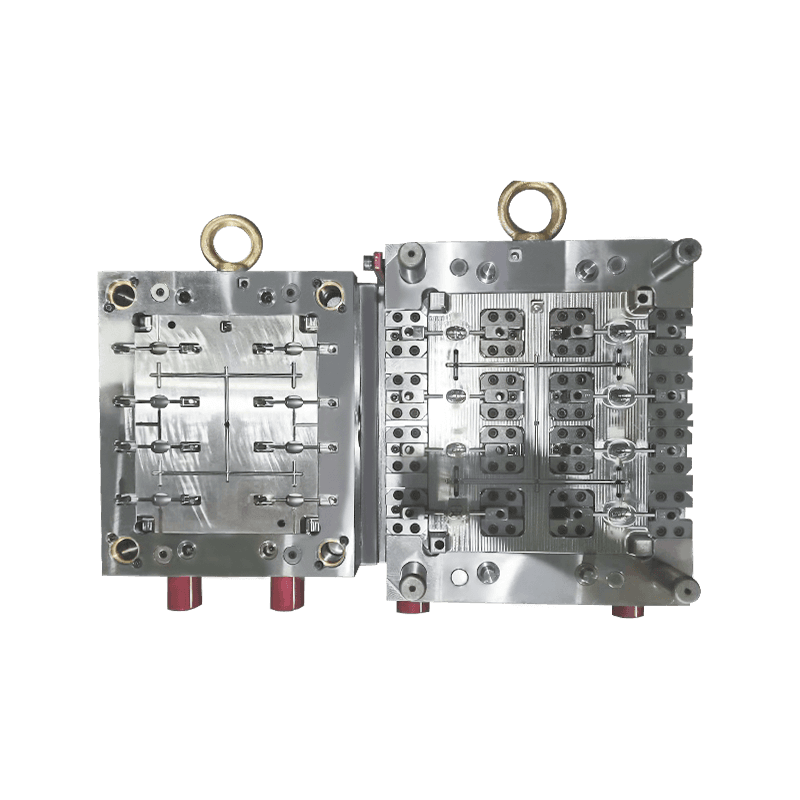

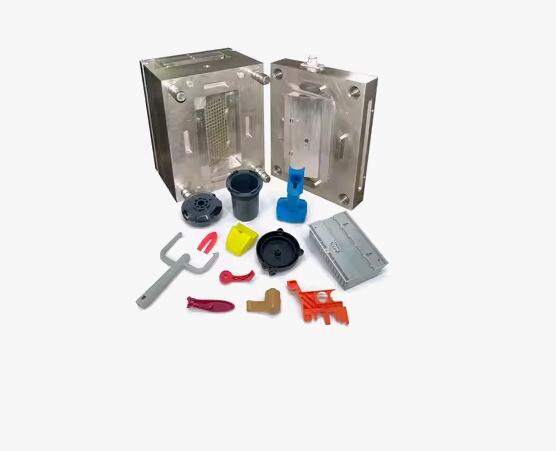

Contact Us